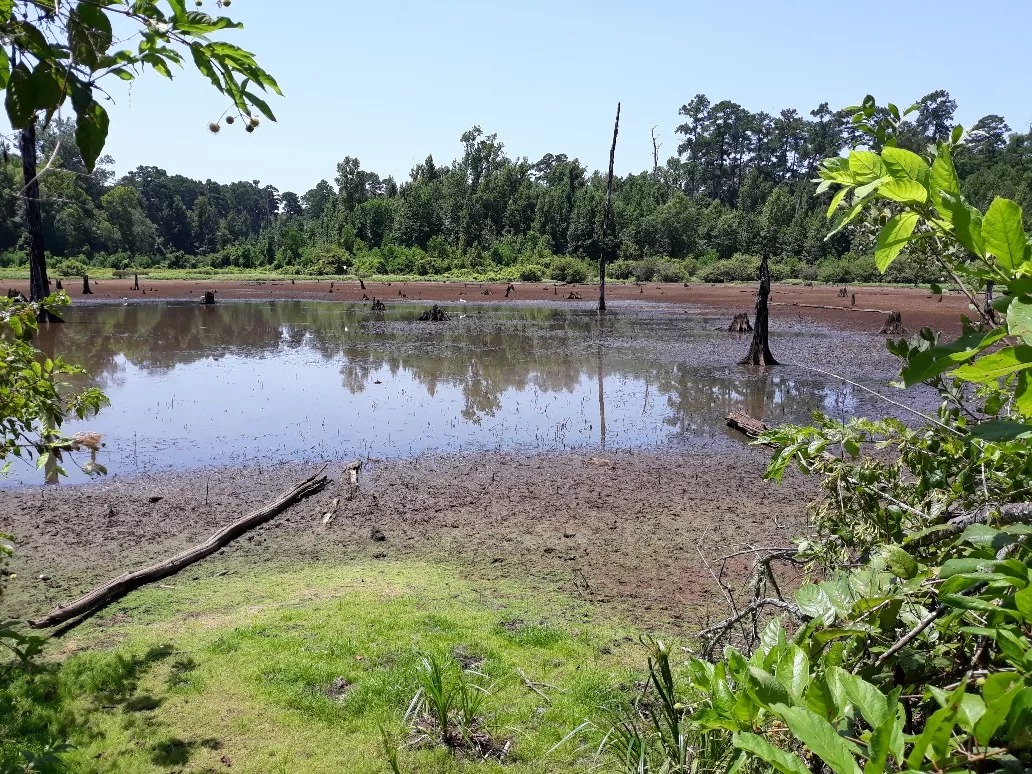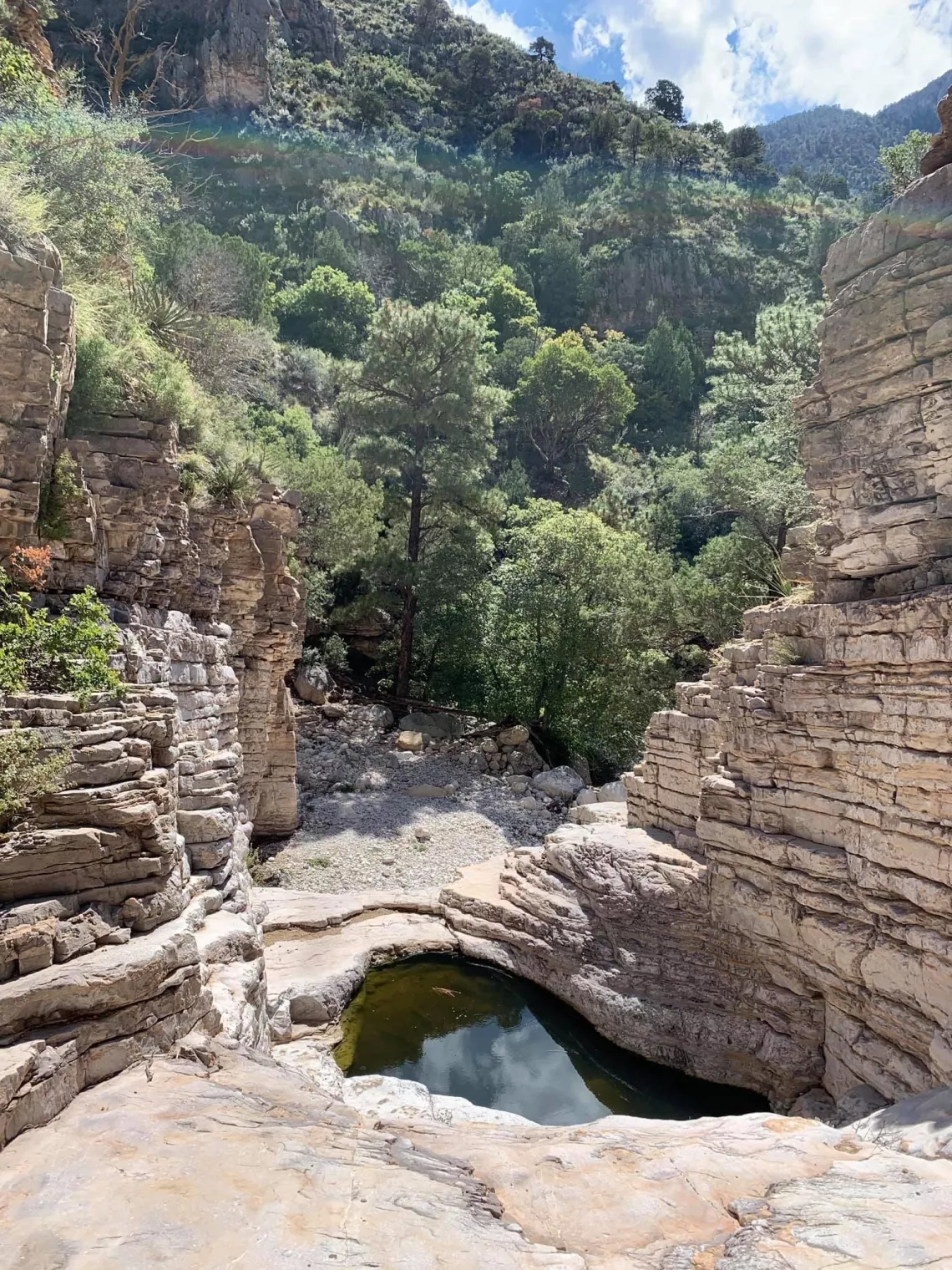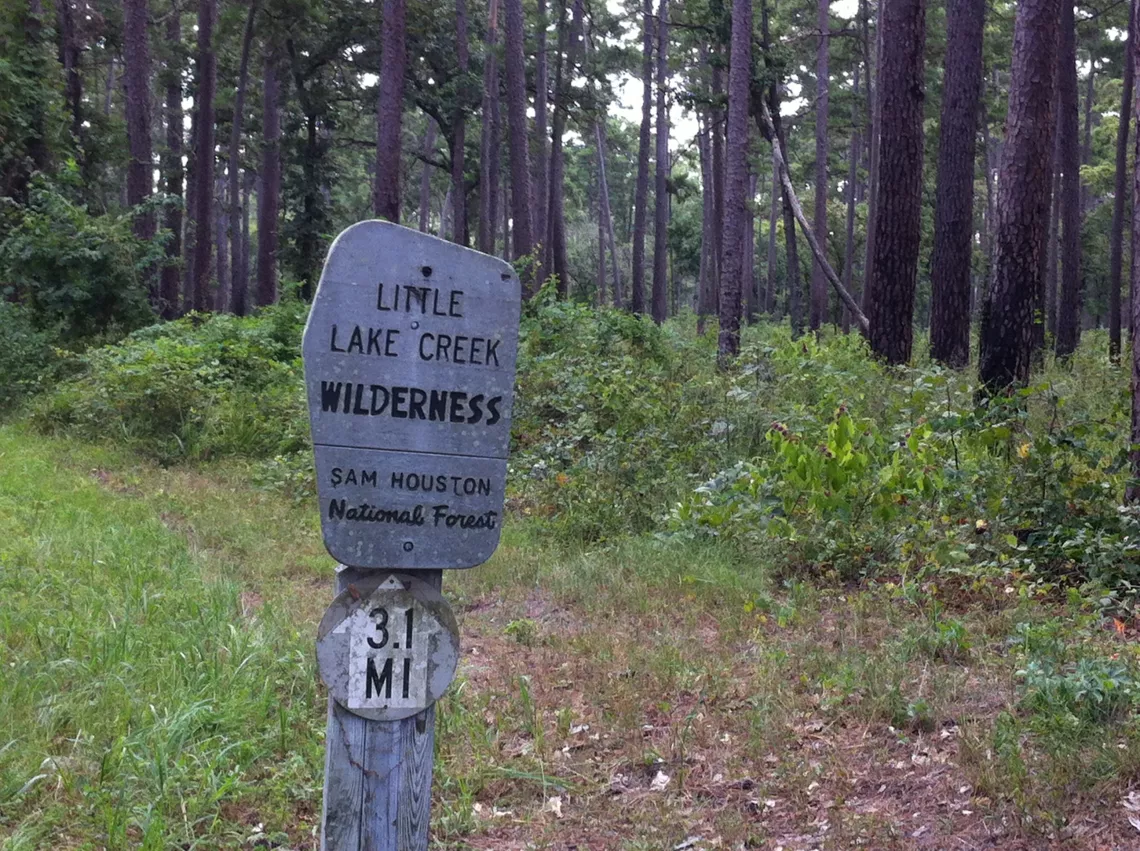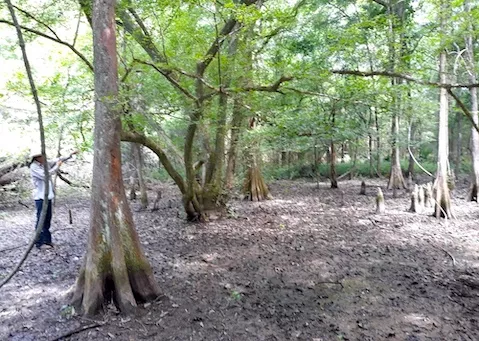On September 3, 1964, President Lyndon B. Johnson signed the Wilderness Act into law – establishing a National Wilderness Preservation System -- “for the use and enjoyment of the American people.” The Act provided for Congress to add new areas to the system.
During 2024, as the Wilderness Act turns 60, we reflect on the historic value of this major American cultural and environmental achievement. Sierra Club, other wilderness groups, and the four federal wilderness managing agencies will use the big anniversary to publicize wilderness values and to educate a broader public about the benefits of wilderness.
The 1964 Wilderness Act declared it to be the policy of our nation “to secure for the American people of present and future generations the benefits of an enduring resource of wilderness”. The Wilderness Act defines Wilderness as areas where “the earth and its community of life are untrammeled by man,” with untrammeled meaning left wild and free from human control or manipulation. Wilderness designation provides the strongest and most permanent protection of our laws for Wilderness values such as adventure, solitude, a spiritual communion with and respect for nature, a respite from the pressures of civilization, clean air and water, scenery, wildlife, and scientific understanding of how the natural world works when left alone. Today, our national 30 by 30 campaign points to an ever more urgent need to use wilderness to preserve threatened wildlife habitat.
Only Congress can designate wilderness—by law –and it was the voices of Americans that convinced Congress over these 60 years to expand the initial 9.1 million acres of wilderness in 54 national forest areas in 13 states to 111 million acres with 803 areas in 44 states and Puerto Rico -- in national parks, national forests, wildlife refuges and western Bureau of Land Management lands.
Uniquely American, wilderness is a great social and environmental achievement by which our nation agreed to restrain in special wild places the “normal” trend toward development – so that nature can dominate here forever—with people who live or visit here doing so in profound harmony with nature.
While Sierra Club began long before the Wilderness Act was signed, the basic principles underlying the Act are also the founding principles of the Sierra Club--preserving wild places free from development. And Sierra Club has played a big role in the national wilderness effort from the start--hosting a series of biennial wilderness conferences and working hard on getting the 1964 bill passed. The Sierra Club and its outings program continue to draw attention to places that we seek to protect.
In 1964, in the original act, only thirteen states had wilderness areas designated—Forest Service lands that the agency had previously administratively managed as “wild” or “primitive”. Only two states east of the Mississippi received wilderness at that time—New Hampshire and North Carolina. Texas got its first wilderness area in 1978 and now has six designated wildernesses: --Big Slough, Guadalupe Mountains, Indian Mounds, Little Lake Creek, Turkey Hill, and Upland Island. All but Guadalupe Mountains are managed by the Forest Service.

** Big Slough Wilderness: Congress designated the wilderness in 1984, with 3,455 acres. Logging operations from the late 1800s left only scrub hardwoods and a few isolated “islands” of young pines on the land now known as Big Slough, the smallest Wilderness in Texas. You’ll now see a regrown forest, composed of hardwoods (oak, hickory, sweet gum, willow) and shortleaf and loblolly pine. Beyond the forests are Big Slough’s waters. Warmth and moisture characterize the Gulf Coastal Plain climate. Well-marked hiking trails crisscross the area, including the 20-mile Four C National Recreation Trail.

** Guadalupe Mountains Wilderness : Designated in 1978, the 46,850 acre wilderness is managed by the National Park Service. Approximately 260 million years ago, a 350-mile reef formed along the edge of the great sea that covered this area. Eons later an uplift created the arid Guadalupe Mountains and erosion wore down the sediment, eventually revealing what is now the most extensive exposed fossil reef on the earth. The most outstanding stretch of exposed reef is within 86,415-acre Guadalupe Mountains National Park. More than half of the park is Wilderness, the largest and oldest in the state and the only wilderness in western Texas.
Rugged mountainous terrain reaches 8,749 feet on Guadalupe Peak, the highest point in Texas. More than 80 miles of trail, give access to the mountains. Resident flora and fauna tally up at more than 900 plants, (60 mammals, 310 birds, and 55 reptiles (some poisonous) and amphibians.
** Indian Mounds Wilderness: Congress designated the Wilderness in 1984, and its 12,369 acres is managed by the Forest Service in the Sabine National Forest. Indian Mounds Wilderness safeguards a few acres of lovely old-growth trees near the edge of the Toledo Bend Reservoir, close enough to the state line to lose a few pine-cones to Louisiana with wind. Around the reservoir are loblolly and shortleaf pines and hardwoods. The Wilderness and its surrounding recreation area are named for their unusual “hills,” once thought to be work of a prehistoric people and later known as the result of natural processes.

** Little Lake Creek Wilderness: Congress designated the Little Lake Creek Wilderness in 1984, and it has a total of 3,855 acres. Years after loggers’ saws tore through these hills, hardwoods again dominate Little Lake Creek Wilderness. Three major drainages--Pole Creek, Sand Branch, and Little Lake Creek--divide the area, which sits perched on the western edge of the Gulf Coastal Plain. On ridges, loblolly and shortleaf pines thrive. Colonies of the endangered red-cockaded woodpecker share this place with deer, owls, and armadillos.
** Turkey Hill Wilderness: Congress designated the Turkey Hill Wilderness in 1984 and its 5,473 acres feature deer-not gobblers: Turkey Hill Wilderness belongs to the Bannister Wildlife Management Area on the Gulf Coastal Plain. A forest dense with hardwoods and pine covers relatively gentle hills, with steeper slopes to the north and east.

** Upland Island Wilderness: Designated in 1984, the Upland Island Wilderness has 13,331 acres. By 1930, loggers had chopped down almost all pine with commercial value, leaving behind a few small “islands” of immature trees and remnants of sawmill sites. A dense cover of second-growth pines and hardwoods now fills out the Wilderness, while the more stately longleaf pines are found on the wide, flat ridge tops. Numerous trails give access to the area, and hiking and horseback riding are relatively easy.
Texas Forest Service Wilderness Areas will celebrate their 40th anniversary in 2024.
For more information on wilderness areas, please visit
https://wilderness.net/visit-wilderness/find-a-wilderness.php
Photos courtesy of Brandt Mannchen.
Guadalupe Mountains photo courtesy of Emma Pabst.